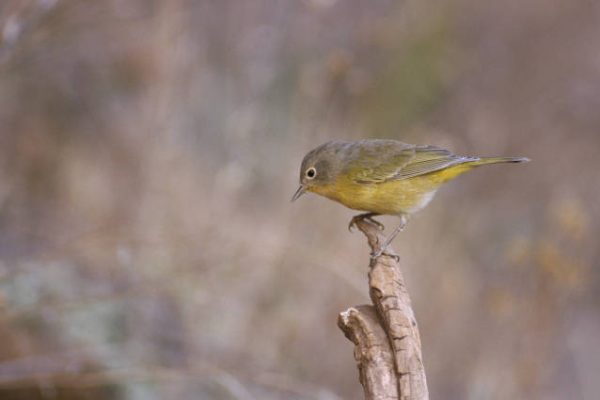Fall in Minnesota brings crisp air, beautifully changing foliage, bright pumpkins, and fresh apples. Unfortunately, fall also brings a noticeable increase in the number of birds colliding with windows. I’ve seen birds strike my office windows and encountered numerous dead birds near buildings on my walks to and from the office each day. As a volunteer at the Wildlife Rehabilitation Center of Minnesota, in Roseville, I’ve also cared for many bird that have collided with windows over the years.
Seeing or hearing a bird fly into your window is unsettling, and no one like to see the fatalities associated with bird strikes. So, what can we do to prevent it? First, we have to understand that most birds hit buildings because they either see reflections in the glass and think they are flying into open air or because they get confused by the bright lights of skyscrapers and other city buildings. In order to minimize strikes, we can do a number of things to the windows of homes and businesses. Putting up blinds, netting, or anything on the windows that birds can see will help them avoid strikes. Some people put up decorative window clings or even post-it notes to break up the expanse of a window. For large industrial or commercial buildings, windows with very faint etchings can be more appropriate; these can be either almost invisible to humans or worked into the aesthetics and architecture of the buildings. Because birds, unlike humans, can see into the UV spectrum, there is also potential to place UV designs on windows to minimize strikes. Turning off lights at night, especially in large urban areas along migratory routes, like in the Twin Cities, can decrease the odds of strikes. Finally, Project BirdSafe, a partnership between nonprofits and government agencies in Minnesota, recommends keeping bird feeders either within three feet of a building or greater than 30 feet away. Within three feet the birds will usually not be flying fast enough to harm themselves if they fly into a window, and at more than 30 feet away they will hopefully be far enough from the windows to avoid them.
The issue of bird strikes has been in the press a great deal recently because of the construction of the new Minnesota Vikings Stadium. Environmentalists, conservationists, and animal-lovers have been very concerned about the effect that an extremely large glass building in the middle of a major migratory flyway would have on birds. Many people requested the Vikings take steps to minimize bird strikes by using specialized glass. Unfortunately, last month it was announced that other than turning off stadium lights on non-game days during the migration, nothing would be done to prevent bird strikes. The decision to not use any number of options to make the glass less reflective or transparent to birds has led to protests. This is an emotional issue, but it is also a problem that has the potential to cause a great deal of harm.
To learn more about bird strikes and to find out what you can do to help, visit Project BirdSafe at http://mn.audubon.org/project-birdsafe.








